Mastering your darts grip is the cornerstone of accuracy and consistency in your game; the right grip allows for a controlled release and repeatable throws. This article will guide you through the different types of grips, how to find the best one for you, and tips for maintaining a consistent hold.
⚠️ Still Using Pen & Paper (or a Chalkboard)?! ⚠️
Step into the future! The Dart Counter App handles all the scoring, suggests checkouts, and tracks your stats automatically. It's easier than you think!
Try the Smart Dart Counter App FREE!Ready for an upgrade? Click above!
Understanding the Importance of a Solid Darts Grip
Your darts grip is arguably the most crucial aspect of your throwing technique. It directly influences the dart’s trajectory, stability in flight, and ultimately, its placement on the board. A poor grip can lead to inconsistent throws, wobbling darts, and frustration. A solid, repeatable grip, on the other hand, builds confidence and allows you to focus on other elements of your game, such as your stance and release. We will also discuss dart weight later in the article.
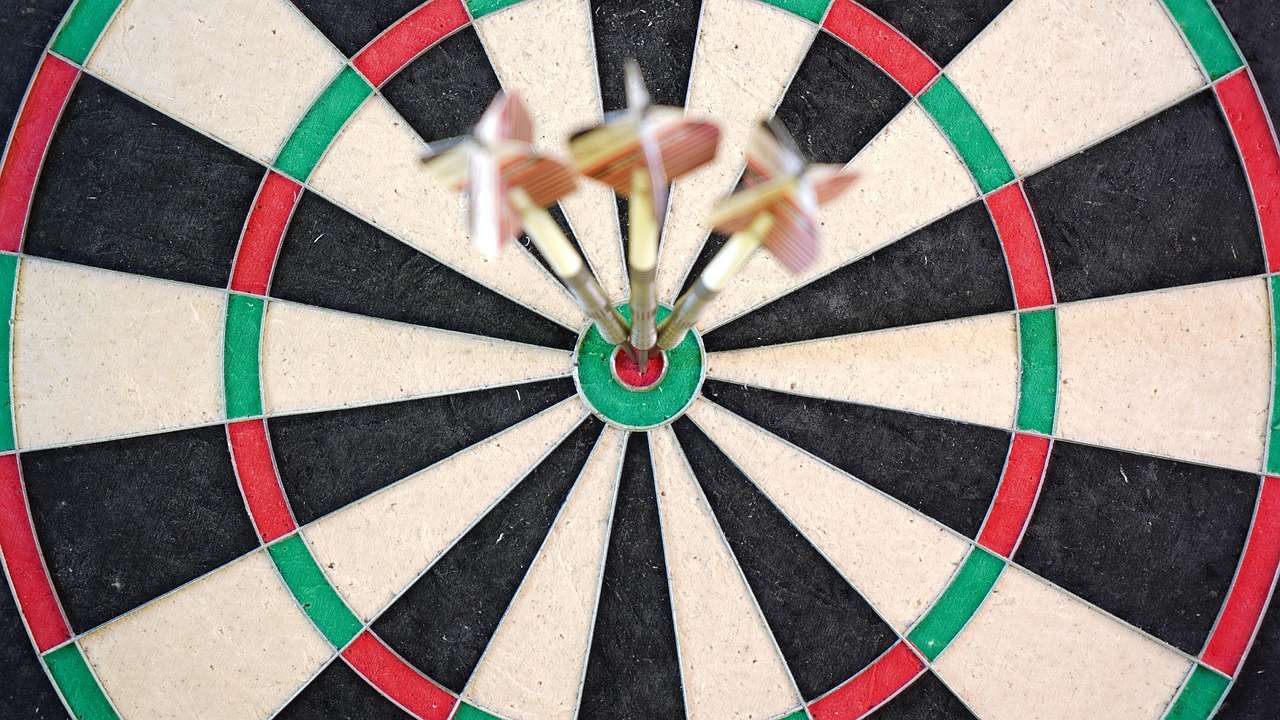
Exploring Different Types of Darts Grip
There isn’t a single “correct” darts grip; the best grip is the one that feels most comfortable and natural for you. However, understanding the common grip styles is a great starting point:
- The Two-Finger Grip: This minimalist grip involves holding the dart primarily with your thumb and index finger. It offers excellent control but can be less stable for some.
- The Three-Finger Grip: This is a very popular grip, adding the middle finger for extra stability and control. It provides a good balance between feel and support.
- The Four-Finger Grip: This grip uses the thumb, index, middle, and ring fingers. It offers maximum stability but can sometimes feel restrictive and reduce the feel of the dart.
- The Five-Finger Grip: Using all five fingers to hold the dart, this grip provides the most control and stability. It may be useful for beginners who need the extra support.
Beyond the number of fingers used, the specific placement of your fingers on the dart barrel also matters. Experiment with holding the dart closer to the front, middle, or back of the barrel to see what feels most balanced and gives you the best control.
Experimenting with Grip Pressure
Grip pressure is another critical factor. Holding the dart too tightly can cause tension in your arm and wrist, leading to inaccurate throws. Holding it too loosely can result in a wobbly release. The ideal grip pressure is firm enough to maintain control but relaxed enough to allow for a smooth, fluid motion. Many players try to achieve a “feather-like” feel. Also consider the type of dart flights you use to affect stability.
Finding Your Ideal Darts Grip
Discovering your perfect darts grip is a process of experimentation and self-discovery. Here’s a step-by-step approach:
- Start with the basics: Try each of the grip styles described above (two, three, four, and five-finger grips).
- Experiment with finger placement: Adjust the position of your fingers on the dart barrel – try holding it closer to the front, middle, and back.
- Adjust grip pressure: Consciously vary the pressure with which you hold the dart, from very light to quite firm.
- Throw, throw, throw: The only way to truly evaluate a grip is to throw a lot of darts. Pay attention to how the dart feels in your hand, how smoothly it releases, and where it lands on the board.
- Record your results: Keep a log of your experiments, noting which grips felt most comfortable and produced the best results.
- Don’t be afraid to adjust: Your ideal darts grip might be a combination of elements from different styles. Don’t be afraid to tweak and refine your grip until it feels just right.
Remember that finding the right grip takes time and patience. Don’t get discouraged if you don’t find it immediately. Keep experimenting, and eventually, you’ll find a grip that works for you.
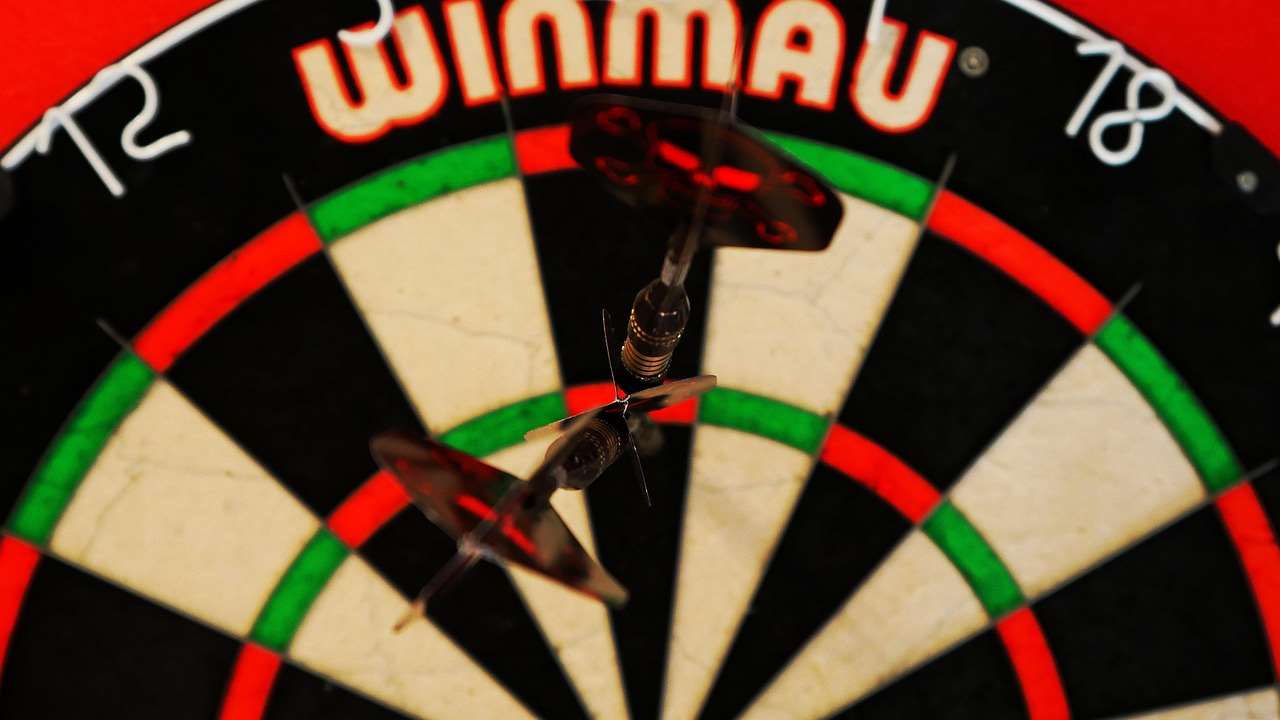
Consistency is Key: Maintaining Your Darts Grip
Once you’ve found a darts grip that feels comfortable and produces consistent results, the next step is to maintain that grip over time. Consistency is crucial for developing accuracy and repeatability. Here are some tips for maintaining your grip:
- Practice regularly: The more you throw, the more ingrained your grip will become.
- Be mindful of your grip: During practice, consciously focus on maintaining your grip. If you notice yourself deviating, correct it immediately.
- Use visual cues: Some players find it helpful to use visual cues to ensure they are holding the dart correctly. For example, you might focus on the position of your thumb or the amount of space between your fingers.
- Film yourself: Recording your throws can help you identify inconsistencies in your grip that you might not notice otherwise.
- Don’t change your grip unnecessarily: Once you’ve found a grip that works, avoid making changes unless you have a very good reason. Frequent changes can disrupt your consistency.
Addressing Common Grip Problems
Even with a consistent grip, you might occasionally encounter problems. Here are some common grip-related issues and how to address them:
- Dart wobble: This can be caused by holding the dart too loosely or by an inconsistent release. Try tightening your grip slightly or focusing on a smoother release.
- Inconsistent accuracy: This could be due to varying grip pressure. Experiment with different levels of pressure until you find one that produces consistent results. Also check out best darts for beginners.
- Grip fatigue: If your hand gets tired quickly, you might be gripping the dart too tightly. Try relaxing your grip and focusing on using your arm and shoulder muscles to power your throw.
The Relationship Between Darts Grip and Darts Stance
While your darts grip is crucial, it doesn’t operate in isolation. Your stance plays a significant role in supporting your grip and overall throwing motion. A stable and balanced stance provides a solid foundation for your throw, allowing you to maintain a consistent grip and release the dart accurately. Experiment with different stances to find one that feels comfortable and allows you to maintain a consistent grip throughout your throw. Pay attention to your weight distribution and ensure that you are not leaning too far forward or backward.
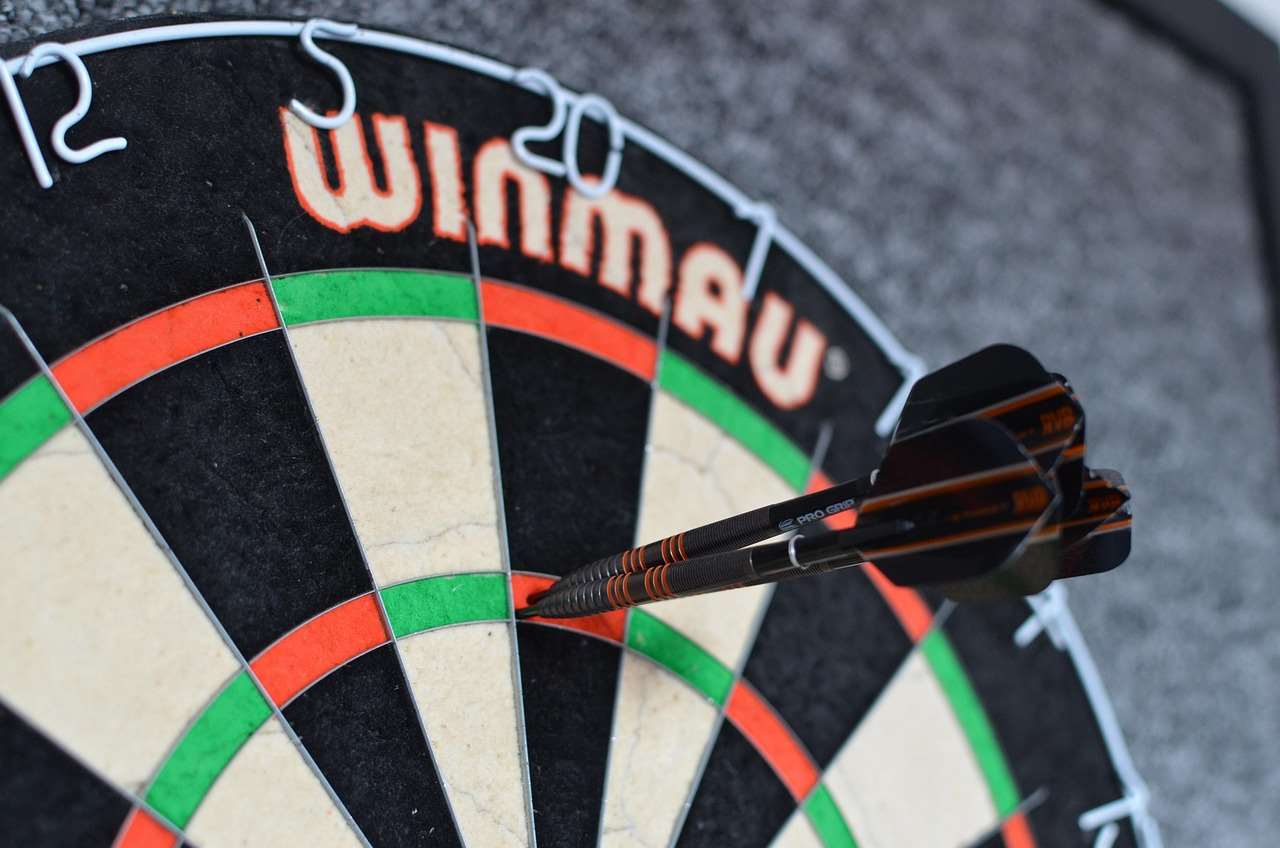
Selecting Darts Based on Your Darts Grip
The type of darts you use can also influence your grip. Consider the following factors when selecting darts:
- Barrel Shape: Different barrel shapes (straight, torpedo, bomb) offer different grip points and feels. Experiment to find what feels most comfortable in your hand.
- Barrel Material: Brass darts are generally thicker, while tungsten darts are denser and thinner for the same weight. Tungsten allows for a slimmer barrel, which can be advantageous for grouping darts tightly.
- Barrel Grip: Darts come with various grip patterns (knurled, ringed, smooth). Choose a grip pattern that provides adequate traction without being too aggressive. Many players use dart wax to assist with grip.
- Dart Weight: The ideal dart weight depends on your personal preference and throwing style. Heavier darts tend to be more stable in flight, while lighter darts require more finesse.
How Dart Weight Impacts Darts Grip
Dart weight can significantly influence your darts grip. A heavier dart might require a firmer grip for control, while a lighter dart might benefit from a more delicate touch. If you find yourself gripping the dart too tightly to control a heavy dart, consider switching to a lighter dart. Conversely, if you struggle to feel a light dart in your hand, a heavier dart might provide more feedback and control. Experimenting with different dart weights is essential to finding the optimal combination for your grip and throwing style. You can buy a dart board online from many retailers.
Advanced Darts Grip Techniques and Tips
Once you’ve mastered the basics of darts grip, you can explore some advanced techniques to further refine your game:
- The “Floating” Grip: This involves holding the dart very lightly, almost as if it’s floating in your hand. It requires exceptional control and a smooth release.
- The “Power” Grip: This involves gripping the dart more firmly and using more arm and shoulder power to generate velocity. It can be useful for players who struggle to reach the board.
- Using Dart Wax or Grip Enhancers: These products can improve your grip by providing extra tackiness or moisture absorption. Experiment to see if they enhance your control.
- Analyzing Professional Players: Observing how professional dart players grip their darts can provide valuable insights. However, remember that what works for them might not work for you, so focus on adapting their techniques to your own style.
Remember, the key to improving your darts grip is continuous experimentation and refinement. Don’t be afraid to try new things and see what works best for you. And be sure to check out Electronic dart score counter (https://dartcounterapp.com/) for all your scorekeeping needs!
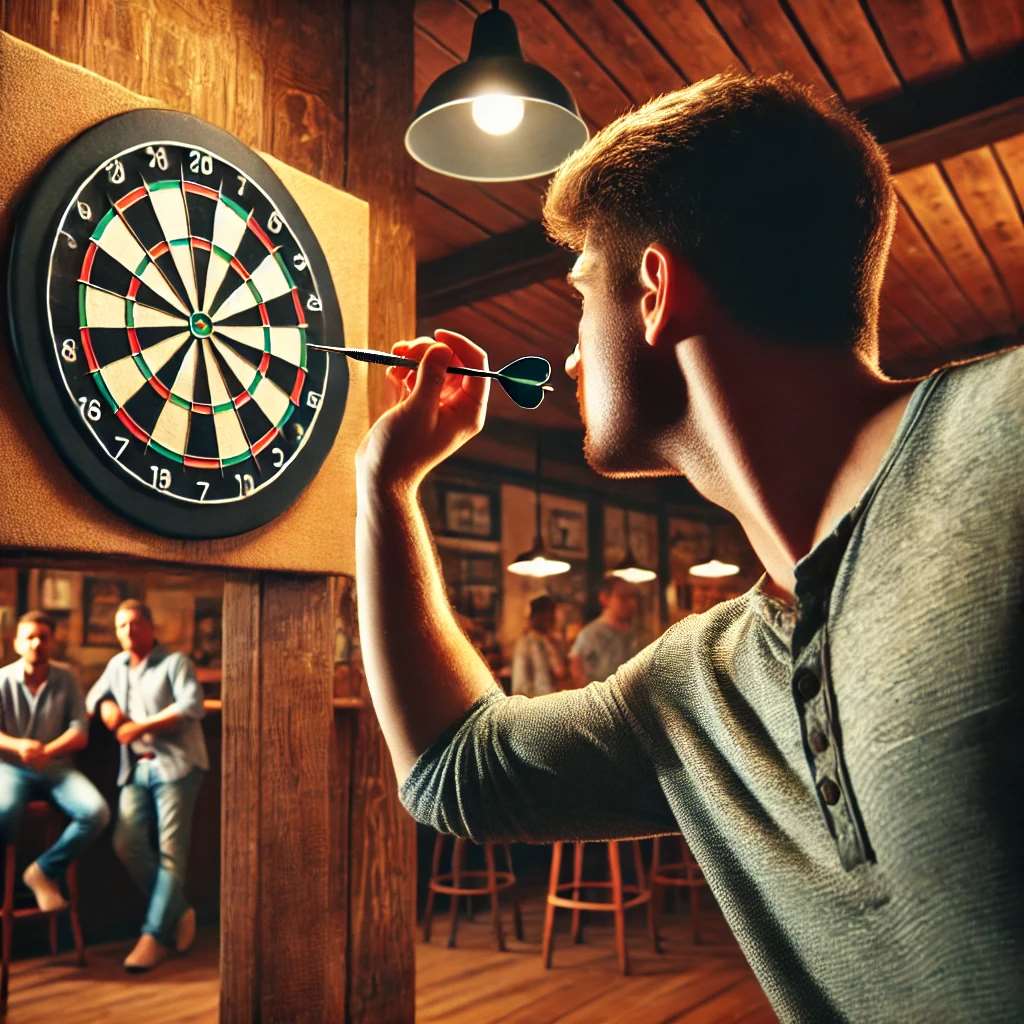
Practicing Your Darts Grip for Optimal Results
Consistent practice is the cornerstone of mastering your darts grip. Here’s how to make your practice sessions more effective:
- Dedicated Grip Drills: Set aside time specifically for focusing on your grip. Practice holding the dart, adjusting your finger placement, and experimenting with grip pressure.
- Targeted Practice: Once you’re comfortable with your grip, practice throwing at specific targets on the board. This will help you develop accuracy and consistency. See more about practice doubles darts.
- Vary Your Practice: Don’t just throw at the same targets every time. Vary your practice routine to challenge yourself and develop a more well-rounded game.
- Record and Analyze: Film your practice sessions and analyze your grip and throwing motion. This will help you identify areas for improvement.
- Seek Feedback: Ask a more experienced dart player to watch you throw and provide feedback on your grip and technique.
Mental Aspects of Darts Grip
While the physical aspects of darts grip are important, the mental side is just as crucial. Confidence in your grip can significantly impact your performance. Here are some tips for developing a positive mental approach to your grip:
- Visualize Success: Before each throw, visualize yourself holding the dart correctly and releasing it smoothly.
- Stay Positive: If you have a bad throw, don’t dwell on it. Focus on maintaining your grip and throwing the next dart with confidence.
- Trust Your Grip: Once you’ve found a grip that works for you, trust it. Don’t second-guess yourself or make unnecessary adjustments.
- Manage Pressure: When playing in a competitive environment, it’s important to manage pressure and avoid tightening your grip. Focus on staying relaxed and confident.
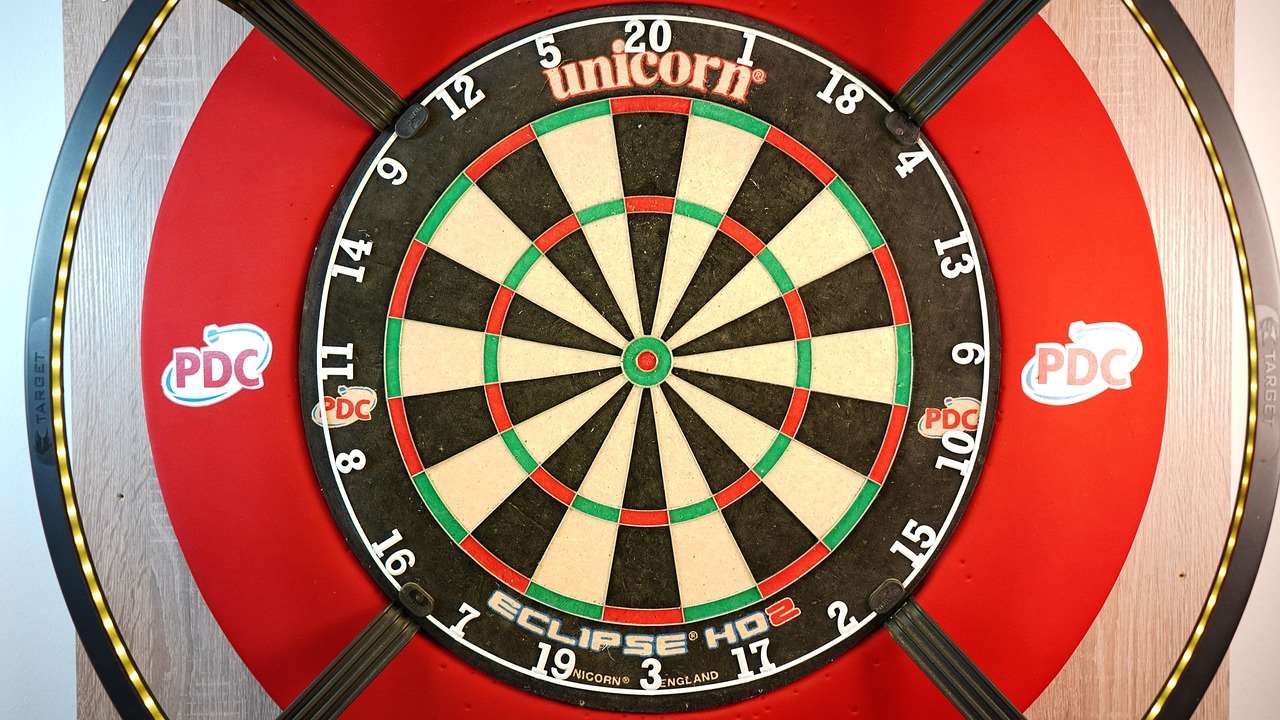
Conclusion: Mastering Your Darts Grip for Long-Term Success
Finding the right darts grip is a personal journey, but understanding the principles outlined in this article will set you on the right path. Experiment with different grips, pay attention to grip pressure, and maintain consistency through regular practice. Remember, the best grip is the one that feels most comfortable and natural for you, allowing you to throw with accuracy and confidence. With dedication and perseverance, you can master your grip and unlock your full potential as a dart player. Now it’s time to take your darts game to the next level!
Hi, I’m Dieter, and I created Dartcounter (Dartcounterapp.com). My motivation wasn’t being a darts expert – quite the opposite! When I first started playing, I loved the game but found keeping accurate scores and tracking stats difficult and distracting.
I figured I couldn’t be the only one struggling with this. So, I decided to build a solution: an easy-to-use application that everyone, no matter their experience level, could use to manage scoring effortlessly.
My goal for Dartcounter was simple: let the app handle the numbers – the scoring, the averages, the stats, even checkout suggestions – so players could focus purely on their throw and enjoying the game. It began as a way to solve my own beginner’s problem, and I’m thrilled it has grown into a helpful tool for the wider darts community.